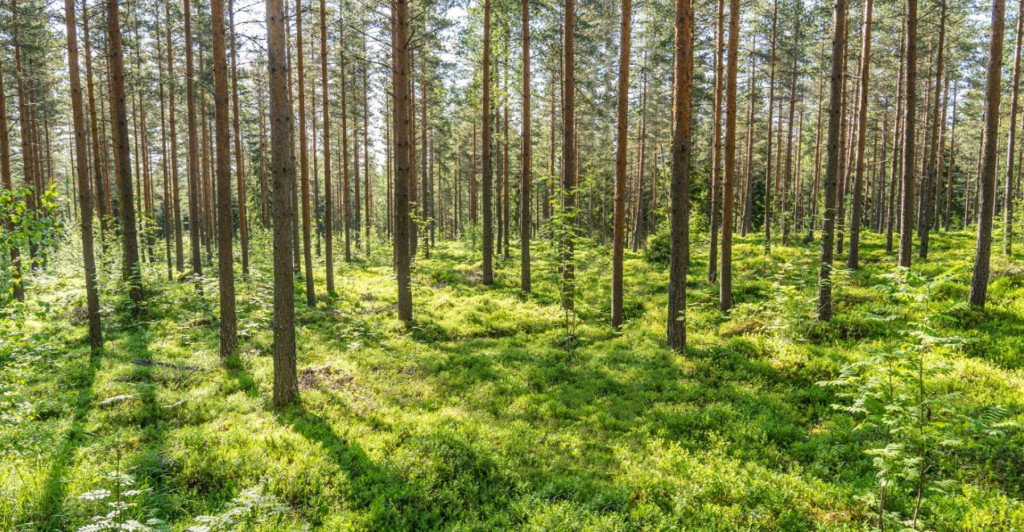
Environment and climate
We understand the climate impacts of wood products and our own operations. The sustainability of wood products and our own operations is comprehensively ensured from an environmental and climate perspective, while wood is utilised as completely as possible. Koskisen’s climate and environmental sustainability is wood wisdom that spans generations.
Koskisen has implemented a product group-specific carbon footprint calculation for its sawmill, plywood and chipboard products. The calculation shows that Koskisen’s products have a significant carbon handprint, as they store carbon for a long time while utilising almost all possible raw materials from wood into various products.
In 2023, the combined carbon footprint of Koskisen’s products, i.e. emissions from wood products, was 167,745 tonnes of carbon dioxide equivalent. The main sources of emissions are adhesives and coatings used in board products. In addition, emissions are generated in timber harvesting, the transportation of roundwood and products, and the use of electricity in production.
The carbon handprint of the wood products manufactured by Koskisen was significantly higher than the emissions. They stored a total of 381,701 tonnes of carbon dioxide equivalent in 2023.

Greenhouse gas emissions
The calculation of Koskisen’s greenhouse gas emissions was developed during 2023. The calculation shifted to emissions reporting in accordance with the GHG protocol, and an emissions calculation tool was introduced to support the calculations. Scope 1, 2 and 3 are included in the calculations, but GHG protocol figures are unverified for 2022 and 2023. The change in the calculation method has specified the reported figures for 2022.
Koskisen’s location-based Scope 1 and 2 emissions in 2023 were 11,497 t CO2e (12,250). Scope 1 includes direct greenhouse gas emissions from Koskisen’s own operations: the largest sources of emissions are the reserve use of oil from the power plant located in the Tehdastie industrial area and forklift traffic in raw material transfers. Scope 2 includes indirect greenhouse gas emissions, which include emissions from purchased electricity.
Scope 3 emissions in 2023 were 156,248 t CO2e (166,105). The most significant sources of emissions are purchased raw materials and capital goods, as well as transport.
The emission sources, categories and calculation methods taken into account in the calculation can be found in Koskisen’s greenhouse gas emissions inventory report on the company’s website in the material bank.
Koskisen has set targets for reducing greenhouse gas emissions in its sustainability programme.